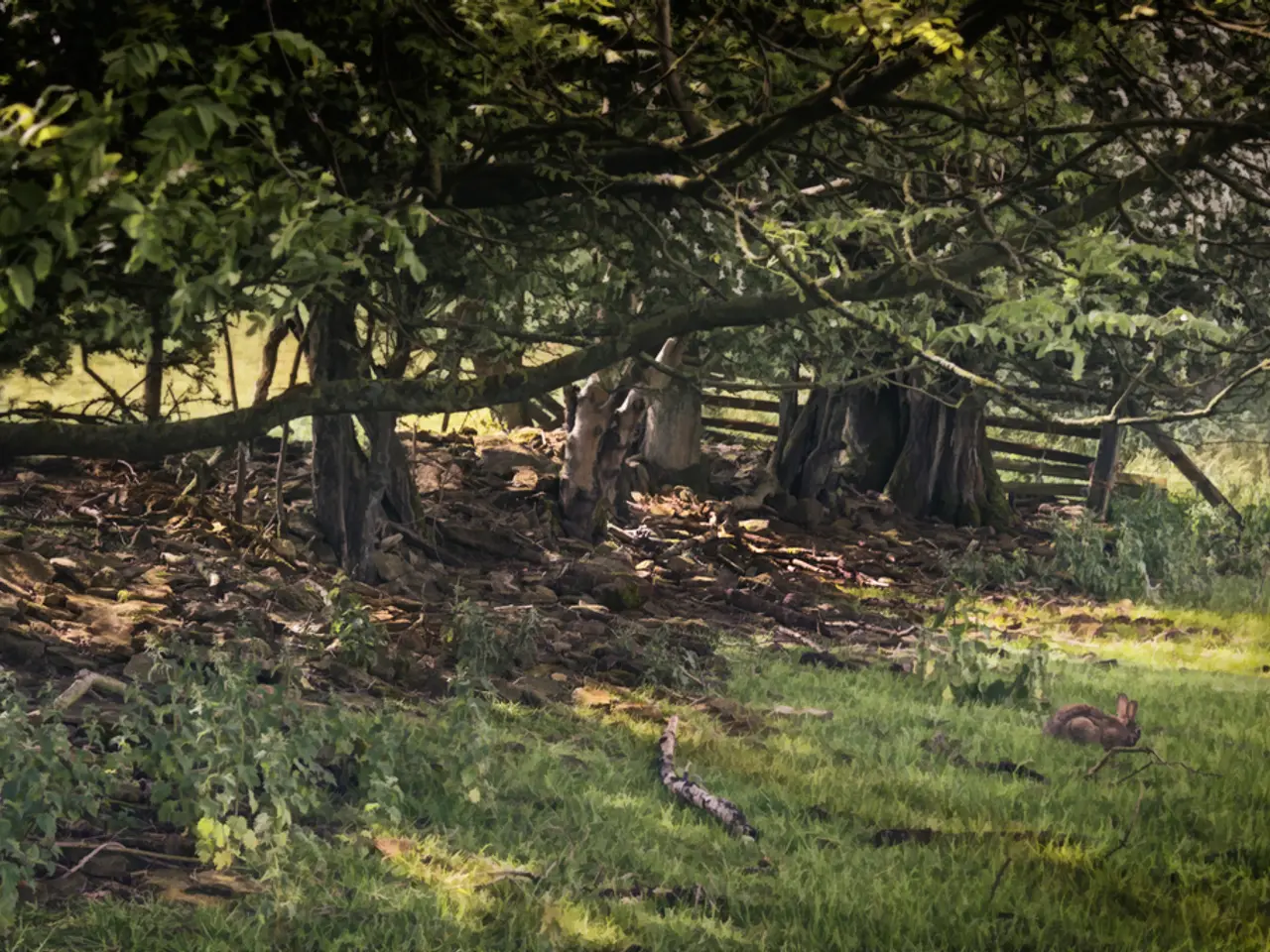Enhancing the Curb Appeal: Transforming the Sidewalk's Vegetation
Nature strip gardening in Melbourne, Australia, has become a popular trend, with nearly a quarter of verges across 47 neighbourhoods in the city adopting this practice by 2019 [1]. This initiative, often referred to as 'ReVerge', involves adding flowers to street trees and planting unloved median strips and roundabouts [9].
When it comes to selecting plants for your nature strip garden, durability is key due to the harsh growing conditions. Cottage style plants such as salvias, iris, daisies, and grey-leafed plants thrive in full sun and grow easily from cuttings, making them suitable for verge gardening [10]. Herbs like dwarf versions of lavender and rosemary, and succulents such as Blue Chalk Sticks, also do well in sunny spots [7]. For a more natural touch, native plants like those found in open heaths or grasslands are an excellent choice as they often outcompete weeds and offer habitat for wildlife [6].
It's essential to consider the safety aspects when creating your nature strip garden. Many local councils require permits for planting on nature strips, and have specific rules regarding plant height, visibility, and the impact on tree roots or underground infrastructure [1][5]. Residents are usually allowed to trim or maintain small plants but must not prune trees or branches near electrical wires themselves due to safety and legal restrictions [2].
When it comes to maintenance, the property owner adjacent to the nature strip is typically responsible for keeping the garden tidy to avoid complaints from neighbours and potential damage from service providers [8]. It's crucial to avoid invasive weeds, keep the garden safe for pedestrians and motorists, and maintain sightlines for drivers [11].
Indigenous nurseries can provide ideas for native plants, and native grasses like wallaby or weeping grass can be used as a lawn replacement or as a feature [6]. If there is a street tree, consider a low-raised bed to provide more root space, but make sure car doors can still open [8].
To ensure compliance with regulations, it's advisable to contact the relevant Melbourne local council, such as the City of Melbourne or Port Phillip City Council, for permit requirements and information on approved plant species [4].
In conclusion, nature strip gardening in Melbourne offers a chance to beautify your verge, promote community spirit, and even meet neighbours. By following local council guidelines, ensuring safety, and choosing suitable plants, you can create a vibrant and thriving nature strip garden.
After selecting plants for your nature strip garden, prioritize those that are durable to withstand harsh growing conditions. Opt for cottage style plants like salvias, iris, daisies, and grey-leafed plants, which are suitable for verge gardening, thrive in full sun, and grow easily from cuttings [10].
For a more natural touch and to attract wildlife, native plants are an ideal choice as they often outcompete weeds and provide habitat for local fauna [6]. Additionally, consider plants like herbs, succulents, and native grasses for sunny spots within your home-and-garden project, enhancing the overall style and appeal of your lifestyle-gardening venture [6][7].




